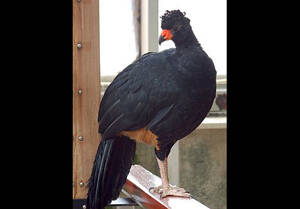
Crax globulosa
Crax globulosa,Wattled Curassow
It is known as Crax globulosa and Wattled Curassow. Specific habits are unkn···
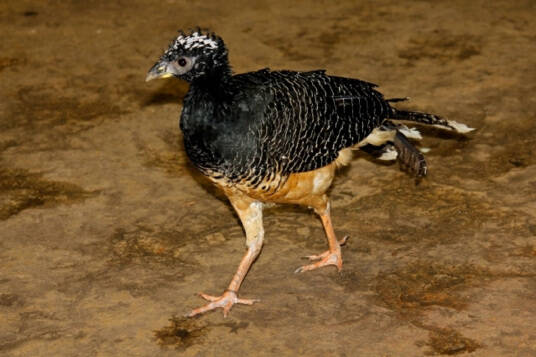
Crax fasciolata
Crax fasciolata,Bared-faced Curassow
Crax fasciolata and Bared-faced Curassow are unknown.Protect wild animals an···
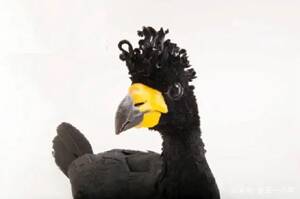
Crax daubentoni
Crax daubentoni
Crax daubentoni feeds primarily on the ground and flies up into trees when t···
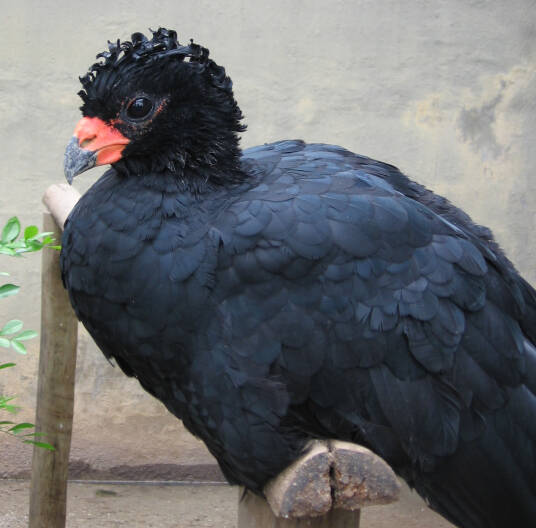
Crax blumenbachii
Crax blumenbachii
The red-billed official bird (Crax blumenbachii), also known as the red-bill···
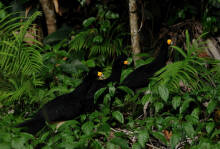
Crax alector
Crax alector,Black Curassow
The Black Curassow (Crax alector) spends much of its day on the ground in se···

Craxalberti
Craxalberti
The blue-billed pheasant (Crax alberti) is a species of pheasant endemic to ···
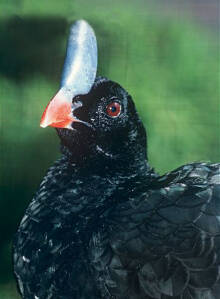
Pauxi unicornis
Pauxi unicornis,Horned Curassow
The Horned Curassow (Pauxi unicornis) was once divided into two subspecies, ···

Pauxi pauxi
Pauxi pauxi,Helmeted Curassow
The common crested pheasant (Pauxi pauxi) is known by its foreign name Helme···
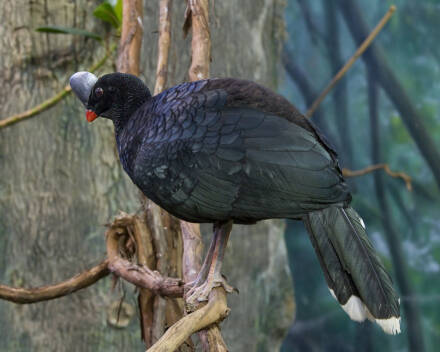
Pauxi koepckeae
Pauxi koepckeae,Sira Curassow
Sira Curassow (Pauxi koepckeae) was once a subspecies of the horned helmeted···
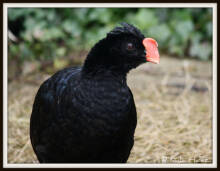
Mitu tuberosa
Mitu tuberosa,Razor-billed Curassow
Its scientific name is Mitu tuberosa and its foreign name is Razor-billed Cu···

Crestless Curassow
Crestless Curassow,Mitu tomentosa
It is known as Mitu tomentosa and Crestless Curassow, but its behavior is un···

Mitu salvini
Mitu salvini,Salvin’s Curassow
The pheasant's scientific name is Mitu salvini and its foreign name is S···
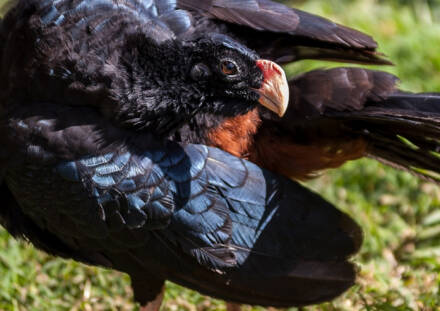
Mitu mitu,Alagoas
Mitu mitu,Alagoas Curassow
The Alagosian Curassow (Mitu mitu) is a relatively large black bird.The Alag···
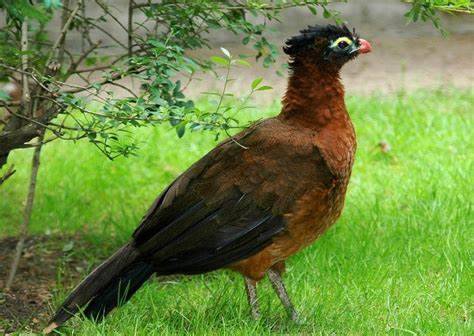
Nothocrax urumutum
Nothocrax urumutum,Nocturnal Curassow
Its scientific name is Nothocrax urumutum and its foreign name is Nocturnal ···
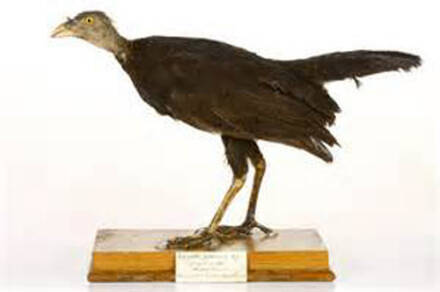
Talegalla jobiensis
Talegalla jobiensis,Collared Brush-turkey
Talegalla jobiensis (Collared Brush-turkey) has two subspecies.Brown collar ···
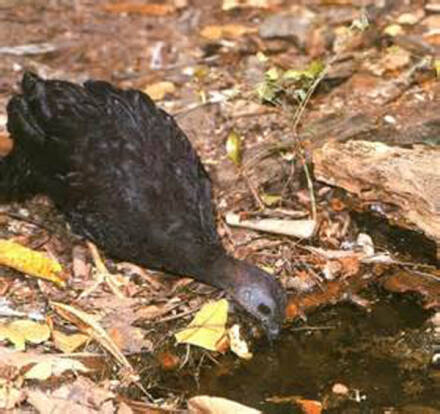
Talegalla fuscirostris
Talegalla fuscirostris,Black-billed Brush-turkey
Talegalla fuscirostris (Black-billed Brush-turkey) has four subspecies.The b···
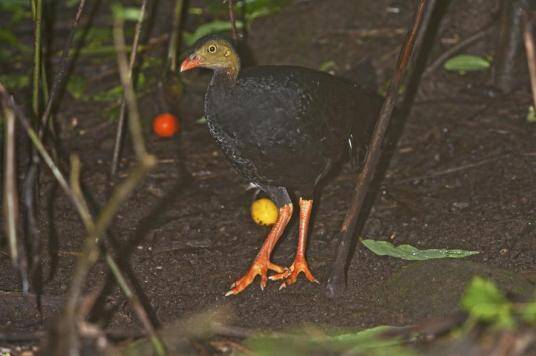
Talegalla cuvieri
Talegalla cuvieri,Red-billed Brush-turkey
Talegalla cuvieri (Red billed Brush-turkey) has two subspecies.Red billed Ca···

Bald Eagle
Bald Eagle,Haliaeetus leucocephalus
Bald eagles mainly live near coasts, lakes and rivers. They feed on large fi···

Megapodius reinwardt
Orange-footed Scrub Fowl,Megapodius reinwardt
The pheasant is known as the Megapodius reinwardt or Orange-footed Fowl; its···
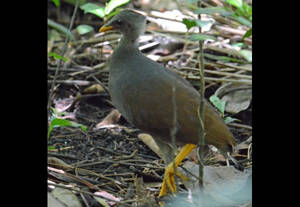
Tongan Scrubfowl
Megapodius pritchardii,Tongan Scrubfowl
The Tongan Scrubfowl (Megapodius pritchardii) is an omnivorous bird that eat···

Megapodius nicobariensis
Megapodius nicobariensis,Nicobar Scrubfowl
The Nicobar Scrubfowl (Megapodius nicobariensis) is a large and medium-sized···
